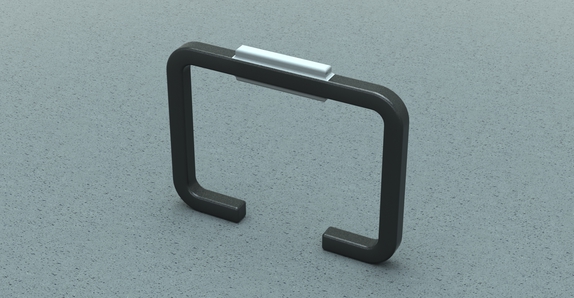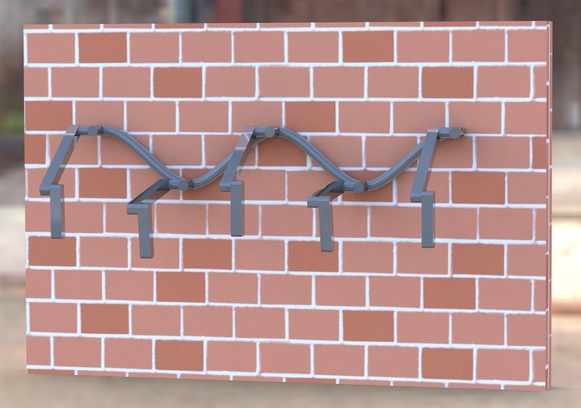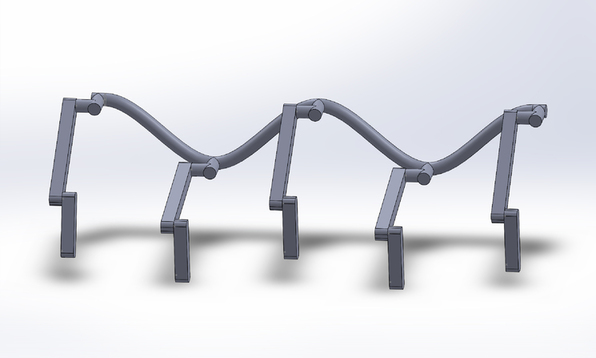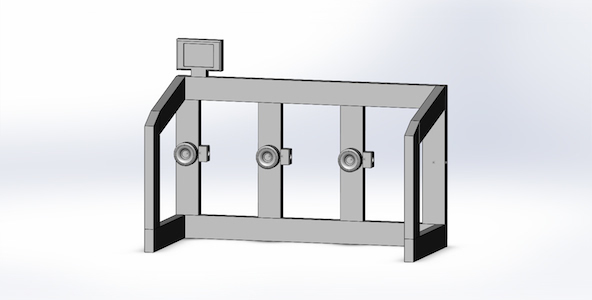Week 1
Model a potential final project.
Miscellaneous Ideas
I'm not completely set on the augmented reality wearable, since it may be difficult to combine all the skills we have learned so far into a small device. Currently in brainstorming phase...
Idea 3: Improving Sleep Quality and Maintaining Natural Biological Rhythms
I like experiencing good quality sleep, and I use the app "Sleep Cycle" to track my sleep cycles and wake me up at the end of my last REM cycle. In addition, I use the program f.lux on my computer, which adjusts screen color and brightness depending on time of day, ensuring that excess blue light does not impact the body's natural circadian rhythm.
As such, I envision a device that can sense your sleep cycles and also adjusts lighting in a room based on time of day. This might be something that attaches to your bed to sense your movement, but interfaces with the light systems in your room as well.
Idea 2: Sixth Sense/Spidey Sense

The idea is a wearable that would enhance our ability to perceive the world around us in an augmented reality sort of manner. Rather than just collecting data, this device would interact with the user to make perception a physical reality.
One example would be to sense impending local weather patterns. The wearable would recognize a coming rainstorm and warn the user. I would like to make this as interactive wearable, so perhaps the device would spray water onto the user to make the physical perception more real.
Another example would be to warn the user from nearby danger, sort of like Spiderman's ability. Using publically accessible police data, the wearable could warn the user of nearby crimes. The wearable might interact with the user by causing spikes in adrenaline to stimulate the fight or flight response, e.g. electric shock.
Idea 1: SmartRack

Using SolidWorks, I modeled a bike rack with integrated features for making urban biking a more enjoyable and less cumbersome experience. This rack would be attached to the wall of a building. The bikes attach to the ends of the arms that extend from the base of the rack. Several moving joints allow the bikes to be hoisted off the ground and hang vertically against the wall, saving space for pedestrians and passersby.

Existing smart bike racks such as PubLock or City Bike are designed for individual bikes and don't communicate with the bike owner. SmartRack offers advantages on both fronts.
Possible features include:
1) Integrated bike locks
- Users do not have to carry their own locks, decreasing their load or saving room on their bike for other equipment.
2) Multi-bike capacity
- SmartRack offers more room, handling greater usage in urban areas. Bikes are also oriented in a staggered manner, improving ease-of-access to the bike.
3) Weather warnings
- SmartRack warns owners of impending danger of damage due to the elements.

Above is a picture of an old model of the bike rack. I will continue to improve my designs for this project, and eventually produce some more beautiful renderings of SmartRack.